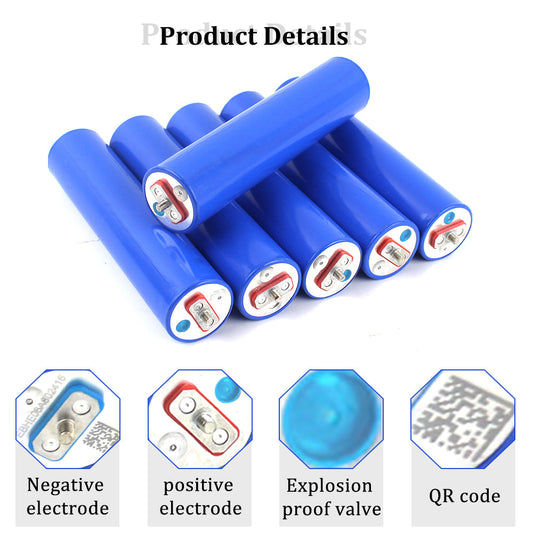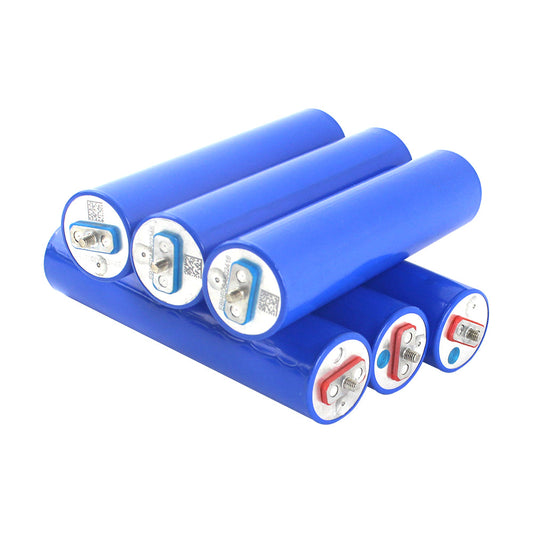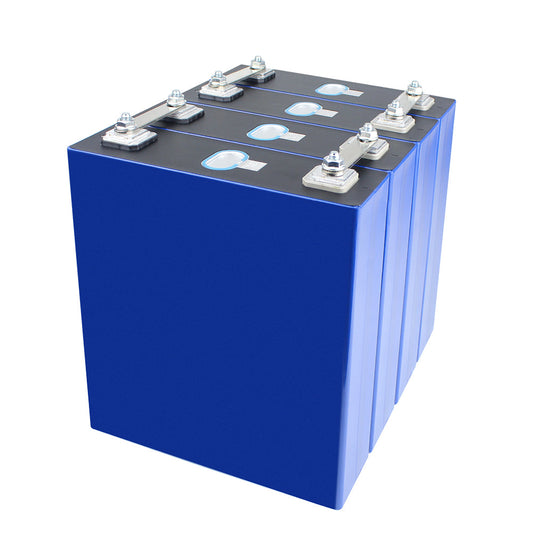Sodium-ion batteries (Sodium-ion battery) are a type of rechargeable battery that operates primarily by the movement of sodium ions between the positive and negative electrodes, similar to the working principle of lithium-ion batteries.

With an internal structure similar to lithium-ion batteries, sodium-ion batteries replace lithium ions with sodium ions. Like lithium batteries, sodium batteries are mainly composed of a positive electrode, negative electrode, current collector, electrolyte, and separator. Due to the relatively large radius of sodium ions, electrode materials with a layered structure are preferably chosen, with the design of interlayer spacing being a key parameter for the performance of sodium batteries.

Types of Sodium Batteries
Sodium-Sulfur Battery
The sodium-sulfur battery is a high-temperature secondary battery based on solid electrolytes. It uses sodium as the anode and sulfur infiltrated into carbon felt as the cathode, while β"-alumina ceramics, which conduct sodium ions, act as both a separator and electrolyte.
The advantages of sodium-sulfur batteries are evident. In addition to being low-cost and environmentally friendly, they also possess high energy density and high charge-discharge efficiency. Theoretically, the energy density of sodium-sulfur batteries can reach up to 760 watt-hours per kilogram, although currently, it can only achieve 150-240 watt-hours per kilogram.

Sodium Salt Battery
The sodium salt battery is a type of high-temperature sodium battery known for its stable properties, high safety, long service life, wide application range, easy availability of raw materials, non-toxicity, and simple and pollution-free recycling process.
Sodium salt batteries are mainly used in grid energy storage, communication base stations, and power supply fields. Leveraging the advantages of sodium salt batteries, they can effectively address the contradiction between electricity use and generation in renewable energy generation systems, thus improving the utilization efficiency of power generation equipment.
Sodium-Air Battery
The sodium-air battery belongs to the metal-air battery system, which operates by reacting alkali metal ions with oxygen on the air electrode to produce alkali metal oxides, driving the entire battery operation. The positive electrode typically utilizes porous carbon or porous metal materials, providing pathways for oxygen transport and serving as reaction sites for oxygen reduction and the combination of alkali metal ions to form alkali metal oxides. During discharge, the alkali metal oxides generated continuously fill the voids of these porous materials until the voids are completely filled, terminating the discharge reaction.

Organic Sodium-ion Battery
The composition of sodium-ion batteries is the same as lithium-ion batteries, including positive electrodes, negative electrodes, separators, and electrolytes. Sodium-ion batteries do not use sodium as the negative electrode; the negative electrode is composed of hard carbon or sodium-insertable materials. The negative electrode is one of the most troublesome parts of sodium-ion batteries. In fact, graphite materials used for lithium-ion batteries cannot work in sodium-ion batteries. During discharge, the negative electrode is oxidized, releasing sodium ions into the electrolyte, while simultaneously sodium ions are inserted into the positive electrode material, which is reduced.
Aqueous Sodium-ion Battery
Due to the high cost, complexity of production, and safety issues faced by organic electrolyte batteries, they encounter bottlenecks in large-scale energy storage. Compared to organic electrolytes, aqueous electrolytes have faster ion migration rates, are cheaper, safer, and easier to manufacture batteries with thicker electrodes. The only drawback is the relatively narrow working voltage window of water. Using aqueous electrolytes is the most effective way to reduce the cost of sodium-ion batteries, leading to more and more research being shifted to the study of aqueous sodium-ion batteries.






